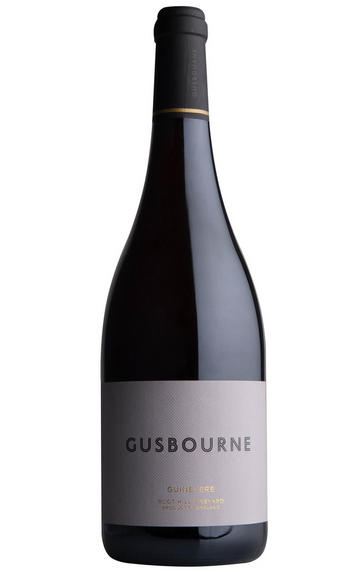
About this WINE
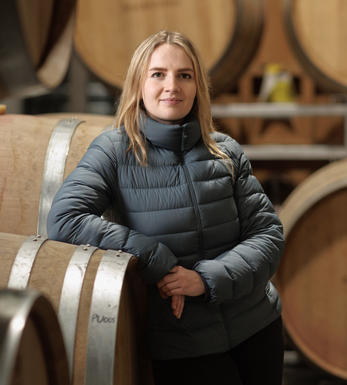
Gusbourne Estate
Gusbourne Estate has become a standard-bearer of high quality English sparkling and still wines. The estate has been awarded the IWSC English Wine Producer of the Year in 2013 and their wines continue to go from strength to strength.
The estate sits on the low slopes of the ancient Kentish escarpment at Appledore. The extensive two hundred hectare Estate is on a single site with twenty hectares under vine cultivation with Chardonnay, Pinot Noir and Pinot Meunier grapes.
They are currently planting a further ten hectares of these Champagne clone vines, placing the extent of the plantings amongst the largest vineyards in England. The entire Estate consists exclusively of south facing slopes thereby ensuring that for most of the summer months the vines bask in a relatively warm and dry local microclimate. Located only 6 miles from the coast, the sea has a moderating influence on the weather, providing a long growing season. Together with the Estate’s clay and sandy loam soils, these particular conditions help ensure the production of exceptional quality grapes.
The first mention of Gusbourne Estate dates back to 1410, when John de Gosborne’s will was filed. Subsequently the estate passed to Philip Chute, a man of distinction and great wealth who won fame and the gratitude of Henry VIII at the siege of Boulogne on September 14th 1544. He had served as the standard bearer to the men of arms of the Kings Band. ‘Goosbourne’ as it was known then, carried the characteristic three geese crest that now adorns the small parish church in Appledore. Today they pay tribute to their heritage by using the same three geese on all of their bottles.
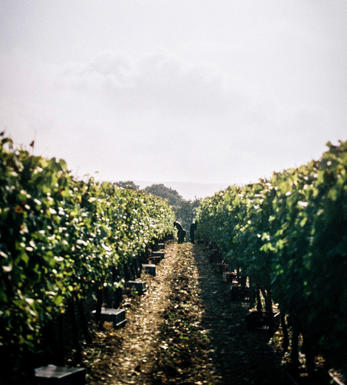
Kent
Located south-east of London, Kent is home to a growing number of exciting English wine producers, notably Gusbourne Estate, Chapel Down and Hush Heath Estate.
These estates specialise in English sparkling wine made using the so-called traditional method, best known for its use in making Champagne. Indeed, Champagne Taittinger chose Kent as the location for its own English vineyard, Domaine Evremond.
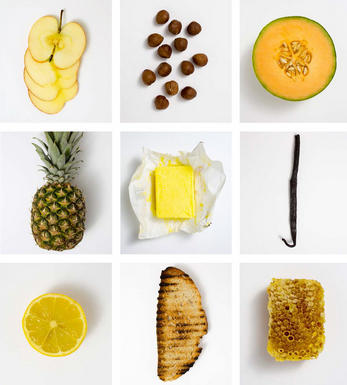
Chardonnay
Chardonnay is often seen as the king of white wine grapes and one of the most widely planted in the world It is suited to a wide variety of soils, though it excels in soils with a high limestone content as found in Champagne, Chablis, and the Côte D`Or.
Burgundy is Chardonnay's spiritual home and the best White Burgundies are dry, rich, honeyed wines with marvellous poise, elegance and balance. They are unquestionably the finest dry white wines in the world. Chardonnay plays a crucial role in the Champagne blend, providing structure and finesse, and is the sole grape in Blanc de Blancs.
It is quantitatively important in California and Australia, is widely planted in Chile and South Africa, and is the second most widely planted grape in New Zealand. In warm climates Chardonnay has a tendency to develop very high sugar levels during the final stages of ripening and this can occur at the expense of acidity. Late picking is a common problem and can result in blowsy and flabby wines that lack structure and definition.
Recently in the New World, we have seen a move towards more elegant, better- balanced and less oak-driven Chardonnays, and this is to be welcomed.


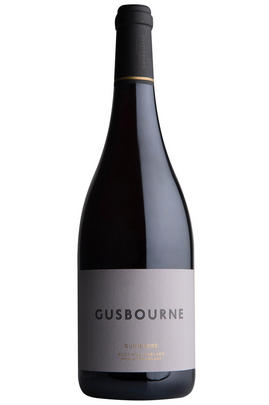
Buying options
Add to wishlist
wine at a glance
Delivery and quality guarantee